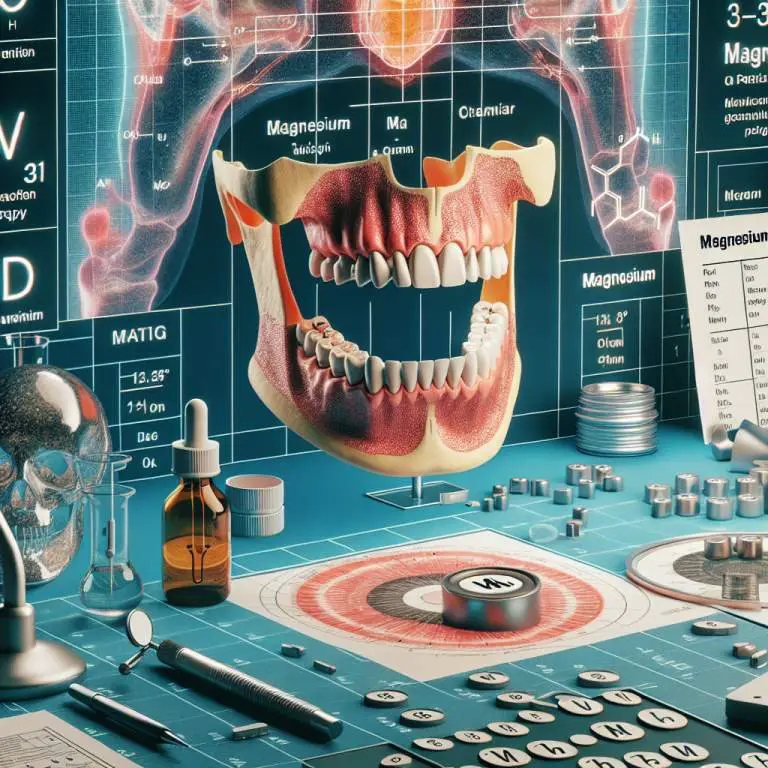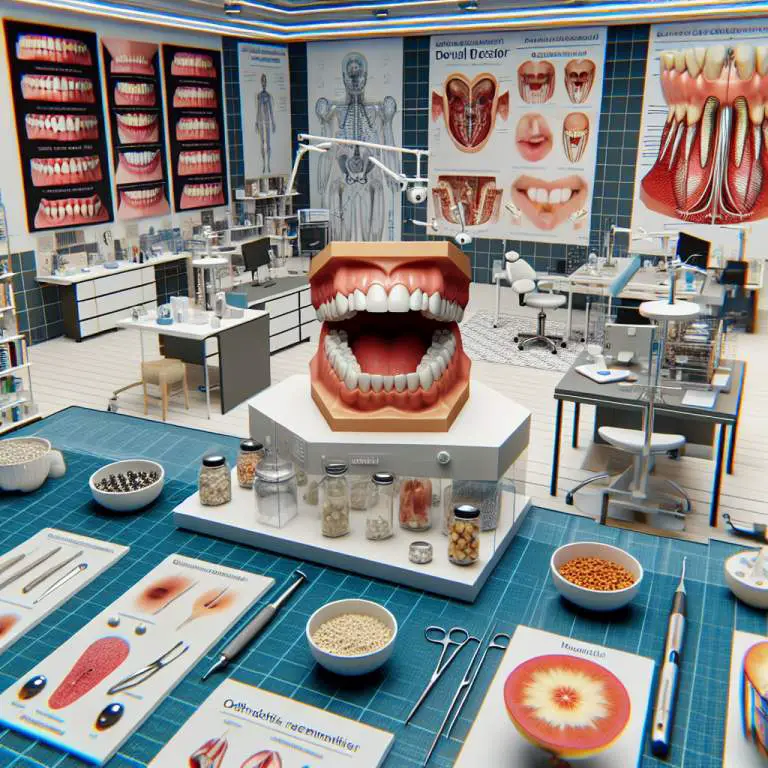Is there a benefit to chewing gum for mewing practitioners?
Yes, chewing gum can benefit mewing practitioners by strengthening the jaw muscles and improving facial structure. Regularly chewing gum helps to keep these muscles engaged and can enhance the results of mewing by promoting a more defined jawline. Additionally, it encourages proper tongue posture, which is a key component of mewing.

How does chewing gum relate to mewing practices?
Chewing gum and mewing might seem like they’re worlds apart, but they actually share a common goal. Both aim to improve the structure of your face, especially around your jawline and cheeks. Mewing is all about how you position your tongue against the roof of your mouth, which can help shape your face over time. Chewing gum comes into play by working out the muscles in your face.
When you chew gum, it’s like taking your facial muscles to the gym. Just like lifting weights can make your arms stronger, chewing gum can make the muscles in your face stronger and more defined. This is why some people who are into mewing also chew gum as part of their routine.
What are the potential benefits of chewing gum for facial muscles?
Chewing gum isn’t just about fresh breath; it’s also a mini workout for your face. When you chew, you’re using a bunch of different muscles in your jaw and cheeks. Over time, this can help those muscles become firmer and more toned. It’s kind of like how doing squats can make your legs stronger and more muscular.
Besides making muscles stronger, chewing gum can also help with reducing stress and improving concentration. So not only could it make your jawline look better, but it might also make you feel calmer and more focused while you’re at school or doing homework.
Can chewing gum improve jawline definition in conjunction with mewing?
A lot of people wonder if chewing gum can really help define their jawline when they’re already practicing mewing. The answer is yes! Combining both methods could potentially speed up the process of getting that sharp jawline many desire. Mewing works on positioning and posture, while chewing strengthens the muscles; together, they tackle the goal from two angles.
It’s important to remember that results won’t happen overnight. Just like any form of exercise or body improvement technique, consistency is key. Regularly practicing mewing while incorporating some good old-fashioned gum-chewing sessions could lead to noticeable changes over time.
Are there specific types of gum recommended for mewing practitioners?
Not all gums are created equal, especially when it comes to using them for facial muscle exercises like those involved in mewing practices. Some folks recommend sugar-free gums to avoid extra calories and tooth decay. These gums often have fewer additives that might be harmful if you’re chewing a lot every day.
Beyond just picking sugar-free options, there are even special types of chewing gums designed specifically for strengthening jaw muscles. These gums tend to be tougher and provide more resistance than regular gums, giving those facial muscles an extra challenge during each chew session.
| Benefit | Description |
|---|---|
| Jawline Definition | Regular gum chewing can help define the jawline by working the masseter muscle. |
| Muscle Tone Improvement | Chewing gum stimulates the muscles in the face and neck, potentially improving tone over time. |
| Increased Saliva Production | Saliva is beneficial for dental health, helping to neutralize acids and wash away food particles. |
| Better Oral Hygiene | Sugar-free gum can aid in maintaining oral hygiene by reducing plaque and decreasing the risk of cavities. |
| Stress Reduction | The act of chewing has been shown to reduce levels of stress and anxiety, promoting a sense of calm. |
| Improved Concentration and Memory | Some studies suggest that chewing gum can enhance cognitive functions such as concentration, alertness, and memory recall. |
| Habit Correction | Gum chewing can be used as a tool to correct bad habits such as nail-biting or smoking by keeping the mouth occupied. |
How often should one chew gum to complement mewing efforts?
Chewing gum can be a helpful addition to your mewing routine. Experts suggest chewing gum for about 1-2 hours a day. This helps strengthen the jaw muscles without overworking them.
It’s important not to chew gum all day, though. Too much chewing can tire your muscles and lead to jaw pain. Finding a balance is key to getting the benefits without the drawbacks.
What are the risks or downsides of incorporating chewing gum into a mewing routine?
While chewing gum can be beneficial, there are some risks too. One major downside is the possibility of developing TMJ (temporomandibular joint) disorders. This happens when you put too much stress on your jaw joints and muscles.
Another risk is tooth decay, especially if you’re chewing sugary gum. It’s best to choose sugar-free options to protect your teeth while you work on your jawline.
Is there scientific evidence supporting the efficacy of chewing gum for enhancing mewing results?
The scientific community has conducted limited research specifically on chewing gum as it relates to mewing. However, studies do show that regular gum chewing strengthens the masseter muscle, which is crucial for jaw definition.
Despite this, more research is needed directly linking gum chewing with improved mewing outcomes. Until then, anecdotal evidence from the mewing community suggests it could be a helpful practice.
Final Thoughts
Incorporating chewing gum into your mewing routine could offer additional benefits for strengthening your jawline and facial muscles. However, it’s essential to do so mindfully, paying attention to how often and what type of gum you’re chewing.
Risks like TMJ disorders and tooth decay should not be overlooked. As always, moderation is key, and staying informed about both the potential benefits and downsides will help you make the best choices for your health and appearance.







